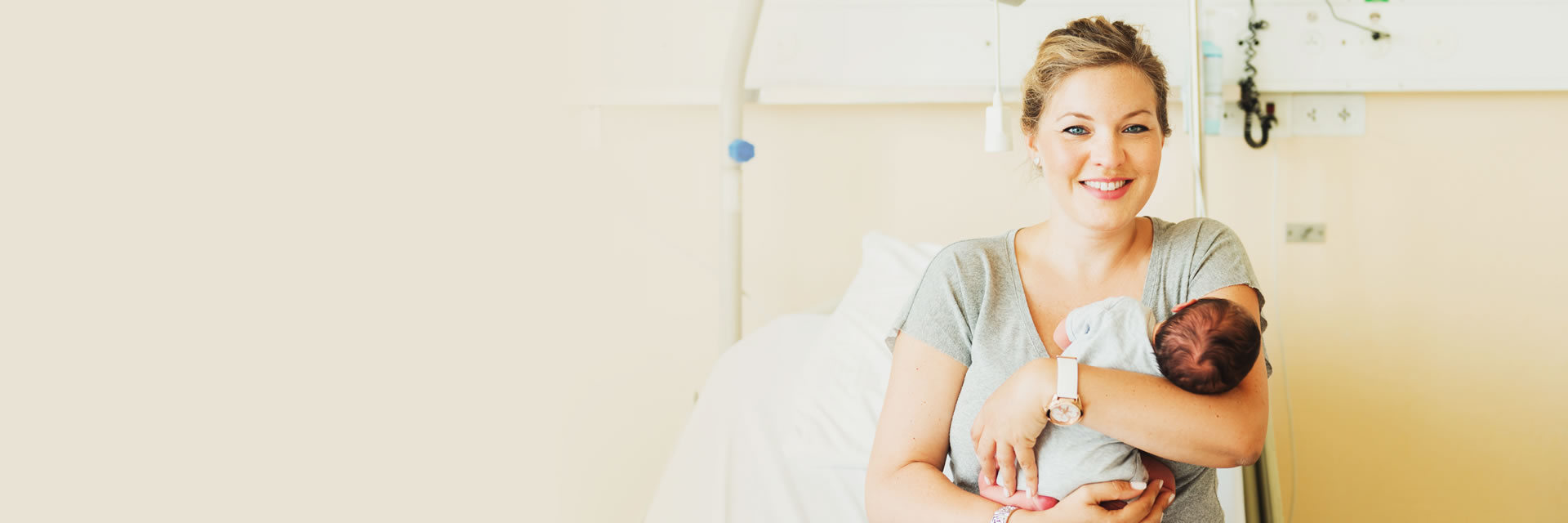As you enter your third trimester you may feel an occasional squeezing or tightening across your abdomen. This feeling, called a Braxton-Hicks contraction, may become stronger and more frequent.
What are Contractions?
The uterus is a large muscle and a Braxton-Hicks contraction is an irregular, involuntary flexing of that muscle — a gentle workout to prepare it for the hard work of labor. Usually, women feel them begin near the pubic bone and move up toward the top of the uterus.
What do Contractions Feel Like?
True contractions that kick off labor tend to be felt much lower and deeper. Many women describe them as a strong pulling around the vagina that rises toward the pubic bone. True contractions may be intense yet rarely exceed one minute. In real labor you usually see a pink- or red-tinged plug of mucus from the cervix, the "bloody show".
Timing Contractions
You will track two different things:
- Frequency: How far apart your contractions are – Time from the start of one contraction to the start of the next one.
- Duration: How long each contraction lasts – Time from the start of one contraction to the end of the same contraction.
What are Braxton Hicks Contractions?
As you near the end of your pregnancy, you may wonder how you can tell the difference between a Braxton-Hicks contraction and a true labor contraction.
- Braxton-Hicks contractions can be strong enough to require deep breathing and can occur more than three to four times in an hour, like labor contractions.
- They are especially likely to be strong and frequent if you are a little dehydrated or running a fever.
- Braxton-Hicks contractions may occur after a sudden burst of activity, like running up the stairs, or first thing in the morning when you awaken with a full bladder or following sex.
- If it's a contraction, the uterus will feel hard all over and tight to your pressed fingertips. If the uterus feels hard in some places and soft in others, your baby's movements are probably causing the sensation.
If they are Braxton-Hicks contractions, drinking four to six glasses of water and lying on the left side usually calms them down, while true labor contractions will increase in frequency and strength.
When to be Concerned
Call your health care provider right away if any of these happen to you. It could mean something is not right and you need help right away:
- Bleeding from nipples, rectum, bladder or coughing up blood
- Any bleeding from your vagina
- Swelling of hands or face
- Changes or blurring of vision
- Severe or continuous headaches that are not relieved by Tylenol®
- Chills or fever over 100.4 °F
- Stomach pains that do not go away after heat and rest, or after a bowel movement
- Throwing up for 24 hours
- Painful or burning urination
- Your baby stops moving
- Fluid coming out of your vagina
Learn more about the stages of labor, along with some ways to embrace and power through them.


